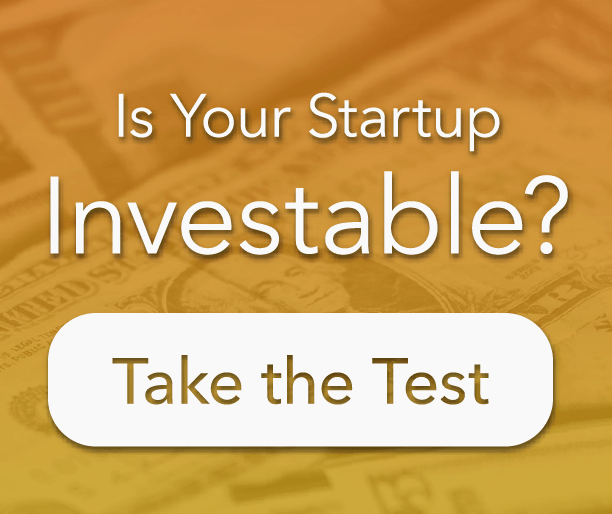
How to kill a mockingbird? The best way to kill a mockingbird is to keep your sights set on the goals and dreams that drove you to create your startup. The fact that your company’s mockingbird exists at all is proof that you are onto something.
Mockingbirds are dull-gray colored creatures with no originality. They are best known for mimicking the sounds of others with no regard for timing or environment; think Milli Vanilli’s “Girl You Know It’s True” being played at your great aunt’s wake – great song, but wrong on so many levels!
In case you are experiencing some teenage nostalgia, I’m going to go ahead and embed the video – absolutely no value to the post, but I had to go look it up and figured you might too.
And now, back to the topic at hand –
Every successful entrepreneur has wondered how to kill a mockingbird. You are progressing through the early stages of growth in your startup and competitors are beginning to appear. You entered this market because you had done the diligence to identify a need in the market for which there was no viable solution. You put in the time. You made the sacrifice. You took the risk. And now some mockingbird seems to be copying your blueprints and jumping onto your roadmap.
First of all, congratulations! You are in great company! The fact that you have a mockingbird is proof that you are on the right track. The market is validating itself. And while there may be room for your mockingbird, you would rather keep the pie for yourself. The emotional temptation is to call foul and start shooting directly at your mockingbird. Unless you have protected IP that is being stolen, this is rarely the best approach. In fact, it can be a detrimental distraction to your goals – no one likes a whiner.
Let’s take a look at the steps you can take to kill a mockingbird.
How to Kill a Mockingbird:
- Stay focused – laser like
- Protect your IP – if feasible
- Build your brand – with urgency
- Sell, sell, sell – get out there
- Improve your offering – tighter, better
- Repeat steps 3 through 5 – into continuum
Stay Focused
Whether it be mockingbirds, shiny objects or other distractions, many failed entrepreneurs will never know whether their startup truly had legs or not. They will point to a plethora of diverse reasons for their collapse – lack of funding, lack of support, market downturn, laggard partners… While these may be true, they are often the results as opposed to the cause. I am not saying that your startup will be successful if you stay focused; however, I am positive your startup will not be successful without laser like focus. A couple of great resources to minimize distractions and save days of research include:
Protect Your IP
At its core, entrepreneurship is about the monetization of an idea. That idea emanates from the process of identifying a problem that someone or some business faces and finding a solution. That idea is the very heart and soul of your start-up. This “idea” is the foundation of your Intellectual Property (IP). One of the key considerations for investors is whether a company can protect its unique characteristics or processes that generate revenue, its Intellectual Property. Therefore, an important step in the funding process is to build safeguards for those characteristics. Here are some useful resources to get you started:
- How to Protect Your Intellectual Property – Trademarks
- How to Protect Your Intellectual Property – Patents
- 5 Documents Required for Organizing a Business
Build Your Brand
You are whatever people think you are – perception is reality. This is especially true when it comes to startups. It takes intentional design to make sure the brand is recognizable and memorable. It takes intentional effort to make sure the message associated with the marketing and branding is the message you want. It matters more what people are saying about you than what you are saying about yourself. This involves great marketing and great sales. Be sure to assess whether or not your team has the skills and experience to make this critical step an ongoing success. Your brand is one of the greatest assets in warding off mockingbirds. In fact, your brand has the potential to define the market. A few examples include:
- Kleenex – nobody says, “Pass me a thin piece of soft paper.”
- Jacuzzi – nobody says, “Let’s hang out in the tub of bubbling hot water.”
- ChapStick – nobody says, “I need some waxy balm for my dry lips.”
Sell, Sell, Sell
It makes no difference how extraordinary your product or service is unless people are willing to buy what you are producing. Never be so naive or prideful as to think you are the only brilliant individual who has recognized a need in the marketplace. Whether by a mockingbird or another creative entrepreneur, capitalism pushes for solutions to problems – especially when those solutions are monetizable. Get your product to market and be first. There is a stereotype sometimes associated with selling that must be overcome by entrepreneurs. An arrogant startup believes that their amazing product will sell itself. While that may have some merit in the long-run, it is always preceded by a well executed sales plan. Don’t miss this. Put in the work to generate initial revenue.
Improve Your Offering
Many startups seek perfection before release. In a perfect world, this would be the perfect approach; however, perfection is often the enemy of excellence. If your goal is to win a Nobel Prize, hold for perfection; if your goal is to create a scalable, sustainable company and make money, get to market. This means that your initial offering will have room for improvement. The great thing about getting to market early is that you will have customer feedback on where to focus those improvements. Make this a continual part of your business model.
6 Startup Lessons Learned From Previous Mistakes
Repeat Steps 3 through 5
Most of the world’s “overnight successes” were nothing close to overnight successes. They worked tirelessly to build their brand, sell and improve before we ever heard about them – often for years. The greatest companies are willing to recognize that overnight success is achieved and maintained by following the steps to kill a mockingbird and then working hard to make sure it stays that way.
I’ll leave you with this story about the “overnight success” of Under Armor for inspiration.
All that growth really comes back to lessons we learned in the early days. There have been all sorts of ups and downs, but we have learned at every stop and we have used those lessons to make ourselves better.
– Kevin Plank, Under Armor Founder (in an interview with The Washington Post)
Want your startup to become an investable company; TurboFunder Can Help!









